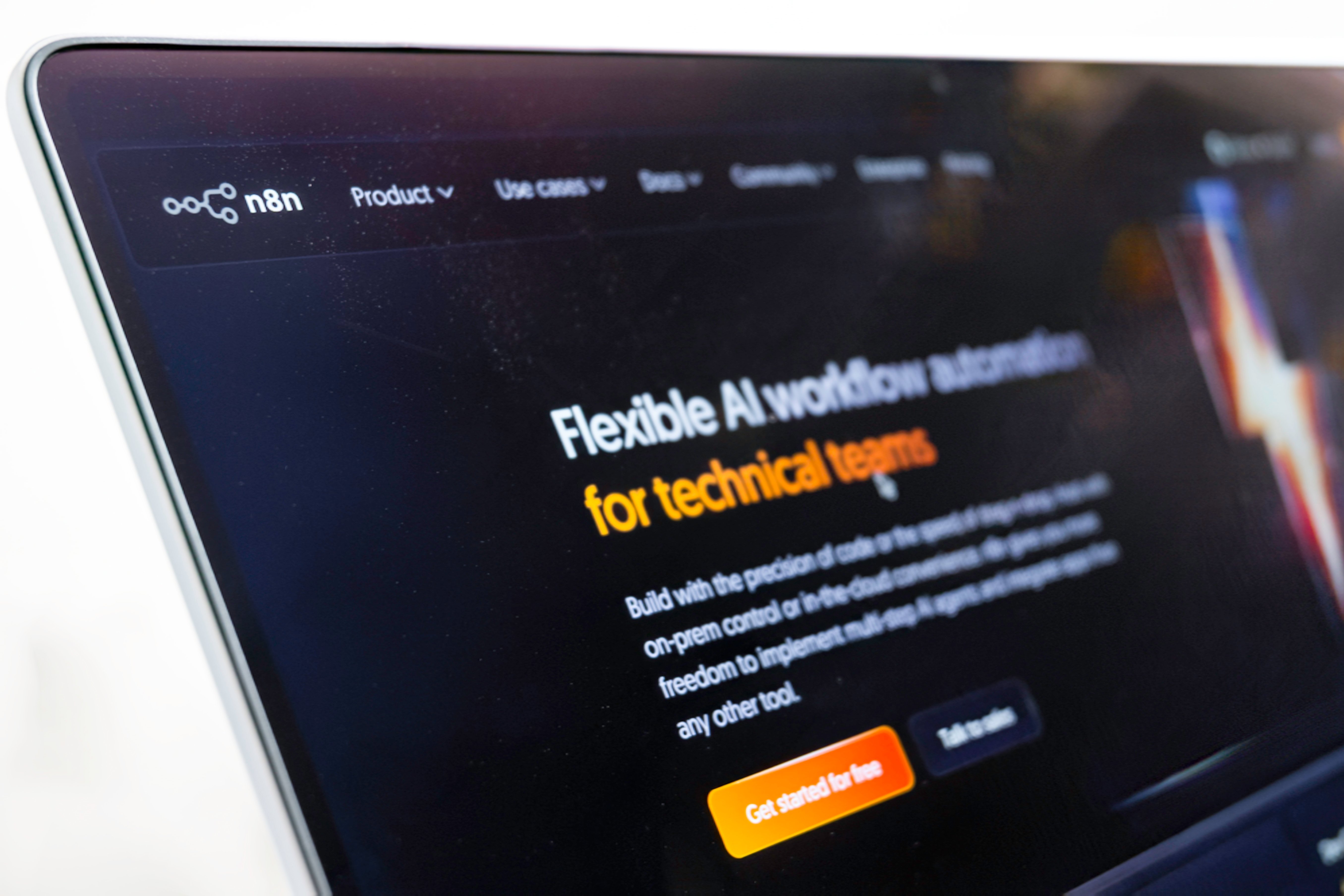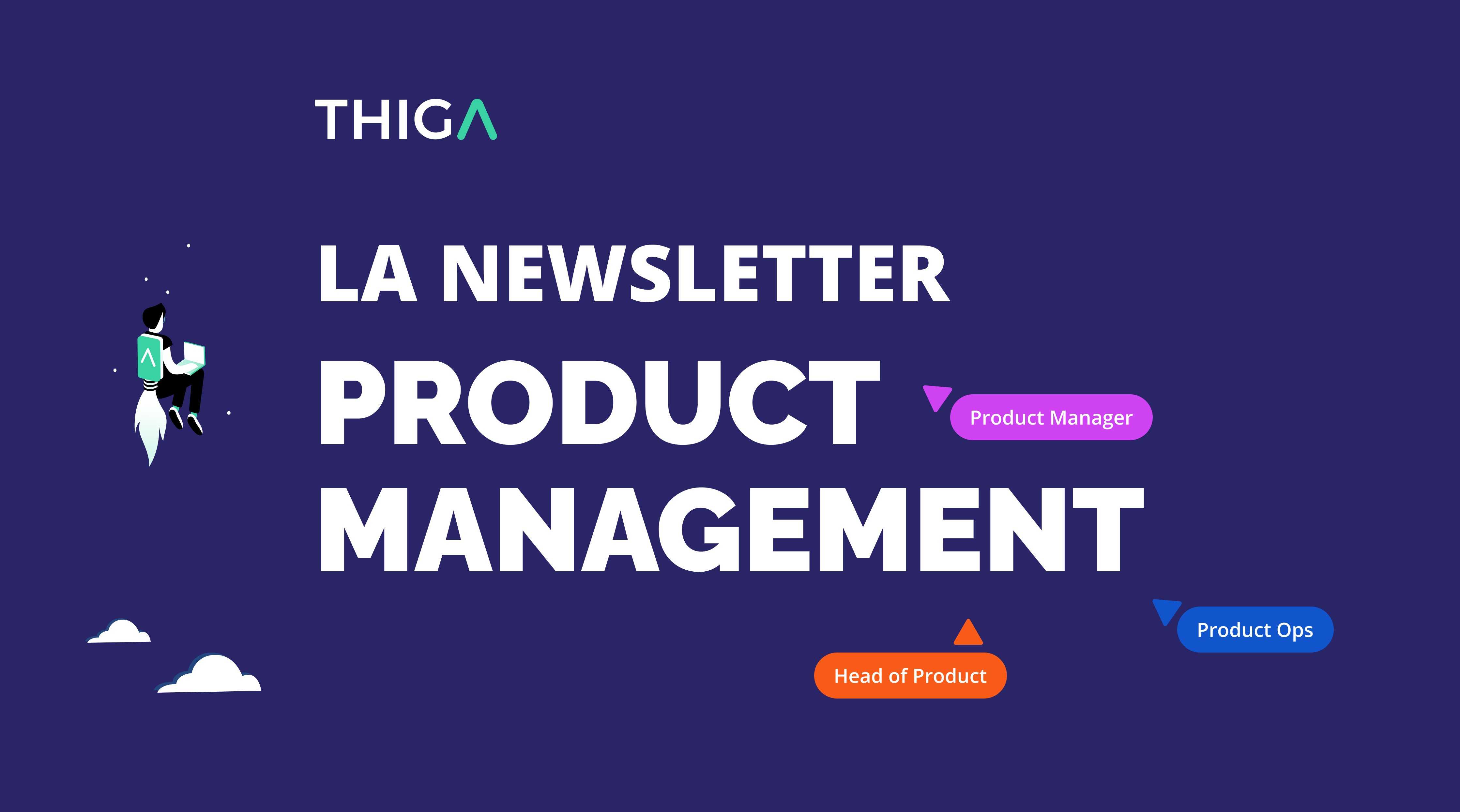At leboncoin, artificial intelligence isn’t just a trend. For the past two years, the marketplace has embraced AI as a core focus, integrating it into both its products and internal operations. Behind this acceleration lies a clear strategy, bold organizational choices, and above all, a constant focus on impact. How does a mainstream company adopt AI without falling for gimmicks? Take a look behind the scenes of leboncoin’s transformation.
Some companies are desperate to implement one AI feature. Others, more ambitious, aim for ten. At leboncoin, 70 AI features are currently in production. That should give you an idea of how central this technology has become to the platform’s overall strategy! Actually, the relationship between France’s largest marketplace and AI goes back further than you might think. In 2014, leboncoin deployed its first machine learning model. In AI years, 2014 is practically the Stone Age.
Since then, the AI revolution spurred by tools like ChatGPT and other generative models has dramatically accelerated all such initiatives. leboncoin’s teams seized the opportunity. Use cases piled up, expanded, and began to deeply transform the marketplace—eventually turning it into a company powered by AI from top to bottom. Here’s an exclusive look at the two years of work that ushered leboncoin into a new era.
Tired of investing blindly in AI? Discover Thiga’s AI Product Canvas, with all the right questions to ask before kicking off your next AI project.
Far more than a gadget
Ludovic Hazart joined leboncoin as a Product Manager in 2018. A former front-end developer and engineering manager, he’s always had a strong technical leaning. For him, AI was a no-brainer—even though, at the time, the technology was still young and the use cases quite complex. By 2020, even before he stepped into a leadership role, several AI-powered features were already in place: category recommendations, auto-filling description fields, background removal from images, and license plate blurring to protect users’ privacy.
As the years passed, Ludovic Hazart climbed the ranks—and AI advanced in parallel. In early 2023, two years after taking on the role of Product Director for the “Virtuous Circle” tribe (about 250 people), generative AI exploded onto the scene. It was a game-changer: “We already had a number of models in place, but this new technology unlocked a lot of things. For instance, automating ad descriptions at the moment of submission—we had tried ten different approaches, none of which really worked. With generative AI, we solved it quickly.”
Today, listings can be enriched automatically, including the description. And the impact is huge, as AI Product Manager Pauline Minary explains: “Automatically generated listings perform over 20% better.” And that’s just one of many transformations. On the customer service side, an AI agent named Markus now drafts initial responses to some user tickets. It leverages internal documentation and user data to provide more personalized replies. “It’s not a chatbot that interacts directly with users—it generates a post-ticket response. And if it doesn’t fit, a human agent takes over,” says Pauline Minary.
The benefits are clear. Markus handles 40% of all tickets. Though the bot still has room for improvement—it has a 50% ticket reopen rate—it frees up valuable time so the team can focus on more complex cases. As for transparency, even though regulations will soon require it, leboncoin was ahead of the curve: from the earliest trials, AI-generated responses were explicitly labeled as such.
We’re not trying to transform just one area with AI—we want to transform the entire product
While leboncoin historically focused on AI for end users, internal use cases have recently taken priority—and they’re already making a big difference. Enter Ada. Named after Ada Lovelace, the pioneering computer scientist, Ada is leboncoin’s internal chatbot. According to Pauline Minary, its main goals are to help employees complete tasks faster and more easily retrieve information scattered across tools like Confluence or Backstage (leboncoin’s tech documentation system).
Ada quickly became essential. “One out of two employees uses it regularly. And usage is still growing!” the Product Manager says with a smile. That’s hardly surprising given the time savings it provides— some tasks are completed up to 70% faster, according to employee surveys. But Ada’s value goes beyond efficiency: it’s also a catalyst for cultural transformation. By using it, employees get a tangible feel for how AI can help them. It “opens their minds”—especially for product teams, who draw inspiration to imagine new ways of integrating AI into their own features.
Inside and out, AI is everywhere at leboncoin. It’s a deliberate strategy, as Ludovic Hazart explains: “We’re not trying to transform just one area with AI—we want to transform the entire product. But we want to do it smartly, meaning only where it truly makes sense.”
Caution first
Doing things smartly also means taking your time. Not rushing in, even when the AI gold rush is tempting. In sensitive areas like moderation, the company is taking a careful approach. Take the project led by Léo-Paul Pajotin, a Thiga consultant who joined in spring 2024 to support the post-moderation team. The goal: automate part of the process for handling user reports.
Moderation at leboncoin is no small feat. To tackle it, Pajotin proposed exploring generative AI. The idea is to use an LLM to analyze reported conversations and determine whether the content is problematic. The model then classifies the infraction, and the back-end handles the rest.
To make it work, a dataset of 500 conversations was compiled and analyzed with domain experts. Every model response was compared to what a human moderator would have done. “In many cases, the model’s responses were more accurate than the human ones,” Pajotin notes. Still, caution remains essential. “We tuned the model to avoid unnecessary creativity. We want it to follow the rules to the letter.” One key challenge: ensuring the LLM isn’t too harsh. “The model needs to be calibrated to avoid over-penalizing. Take ambiguous words like ‘f*ck’—depending on the context, it can be an insult or just an exclamation. The LLM needs to learn those nuances.” In any case, each decision is justified with an excerpt from the conversation. And if disputed, a human steps in.
Beyond the ROI, this project lays the groundwork for broader AI deployment. “It’s a solid starting point—a way to build confidence and establish the foundation for an industrial-scale system,” Pajotin concludes.
But for it all to work, the organization has to evolve too. “I spent a lot of time educating the customer service teams,” recalls the Thiga Product Manager. “I had to explain how we’d work together, why their domain knowledge was crucial, how the model made its decisions... Even on the dev side, we had to dive into architecture, talk about prompt structuring, backend integration...” In short, AI isn’t plug-and-play. It’s something you learn, build, and debate. And orchestrating that shift at scale required a true cultural transformation at leboncoin.
Total revolution
AI doesn’t just change products—it reshapes organizations. For AI to take root in the marketplace, education was essential. “We launched a comprehensive awareness strategy. We had to define the framework, explain things, train people. Most importantly: help them envision what’s possible. I remember a keynote from Oji Udezue at La Product Conf 2024, where he said, ‘To know what you can do with AI, you have to use it.’ That’s exactly it,” sums up Ludovic Hazart.
This hands-on learning approach is backed by targeted training. leboncoin rolled out a global education and support program for the entire Product organization (PMs, Heads, execs, UX). The goal? Help teams understand, build skills, and adopt AI in their daily roles—while encouraging them to dive in and explore. Pauline Minary, who co-leads the initiative with Hazart, puts it this way: “Tomorrow’s Product Manager needs to understand the basics of AI. Not be an expert—but be able to lead an AI project.” leboncoin also aims to eventually train all 1,500 of its employees, not just the Product teams.
But not everyone starts at the same level. “The hardest part is showing how AI can help with everyday tasks,” Minary admits. Sure, there are the obvious use cases (summaries, reporting), but the real value lies in small operational frictions, repetitive workflows, blind spots. “It’s a case-by-case education effort.”
This shift in mindset often involves some uncomfortable realizations. Elisa Gilles, Engineering Manager and co-lead on the Ada project, recalls one particularly telling question from a Head of: “Are you telling me I should allocate a resource to an AI project… without being sure it’ll work?” But that’s how mentalities evolve. Teams learn to better understand AI—its uncertainties, hidden costs, and blind spots. And they mature as a result.
There’s always been a kind of gap between Product and Tech. To build useful, relevant products, you have to bridge that gap.
Beyond all that, the organization itself needed rethinking. Until January 2025, leboncoin had a central data science team acting as both a model provider and cross-functional support. Since then, Data Scientists have joined individual squads. PMs, developers, and tech leads now work directly with AI. “Before, we’d just request a model. Now, each team has to ask the right questions: Is there uncertainty? What’s the risk of hallucination? Can we evaluate the outcome?” summarizes Minary.
A long-term effort
Rolling out AI features is one thing—maintaining them is another. Every prompt carries a risk: hallucination, poor context, overly generic or off-target responses... “We stay vigilant,” says Ludovic Hazart. “For example, we never force automatic publication of AI-generated descriptions. The user always has to approve them.”
At leboncoin, AI is implemented step by step. It often starts as a decision-support tool, then shifts toward automation if results are promising. LLMs are paired with business rules: that way, the AI suggests, but humans or systems provide the structure. “It all hinges on solid evaluation,” insists ELisa Gilles. “At first, that’s done by humans. Later, it can shift to AI evaluation—one LLM judging another. That’s how you scale.”
Even the model’s “temperature” is monitored. The lower it is, the more conservative the AI becomes—sticking to known rules, predictable outputs. But even at zero, hallucinations can occur. “That’s part of the game. AI isn’t flawless… The toughest 20% of any LLM project is maintaining, evaluating, and monitoring. That’s where rigor matters most.” For Gilles, continuous improvement is central to the initiative—just like measurement.
Because at leboncoin, AI is never an end in itself. It’s a potential solution—just like a UX overhaul or an interface update. “We’ll never add AI just for the sake of it,” Hazart asserts. “We assess needs, review assumptions, and if AI is the best answer, we go for it. But we also look at the costs, technical complexity—and environmental impact. We’re a second-hand platform, so consistency is key.”
The 70 AI features currently in production are just the beginning. The teams are already working on automated insult detection, document validation (like Kbis), and extending auto-generated descriptions to new categories. This work requires even tighter collaboration between teams and expertise areas.
“There’s always been a kind of gap between Product and Tech,” Hazart admits. “To build useful, relevant products, you have to bridge that gap.” And though the Product Director for the Virtuous Circle tribe acknowledges there’s still work to be done, he’s confident: this bridge between Tech and Product is now part of leboncoin’s DNA. Just look at the 700 people in the P&T (Product and Tech) department. And AI has a lot to do with that.
Ready to take your AI game to the next level? Learn how to build truly impactful features with a Product-first mindset in this article by Thiga.




.png)
